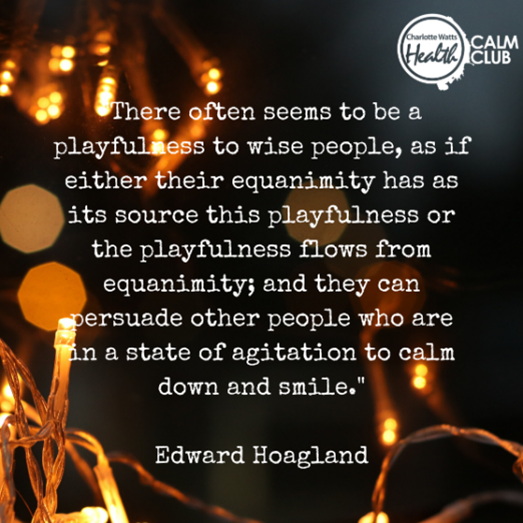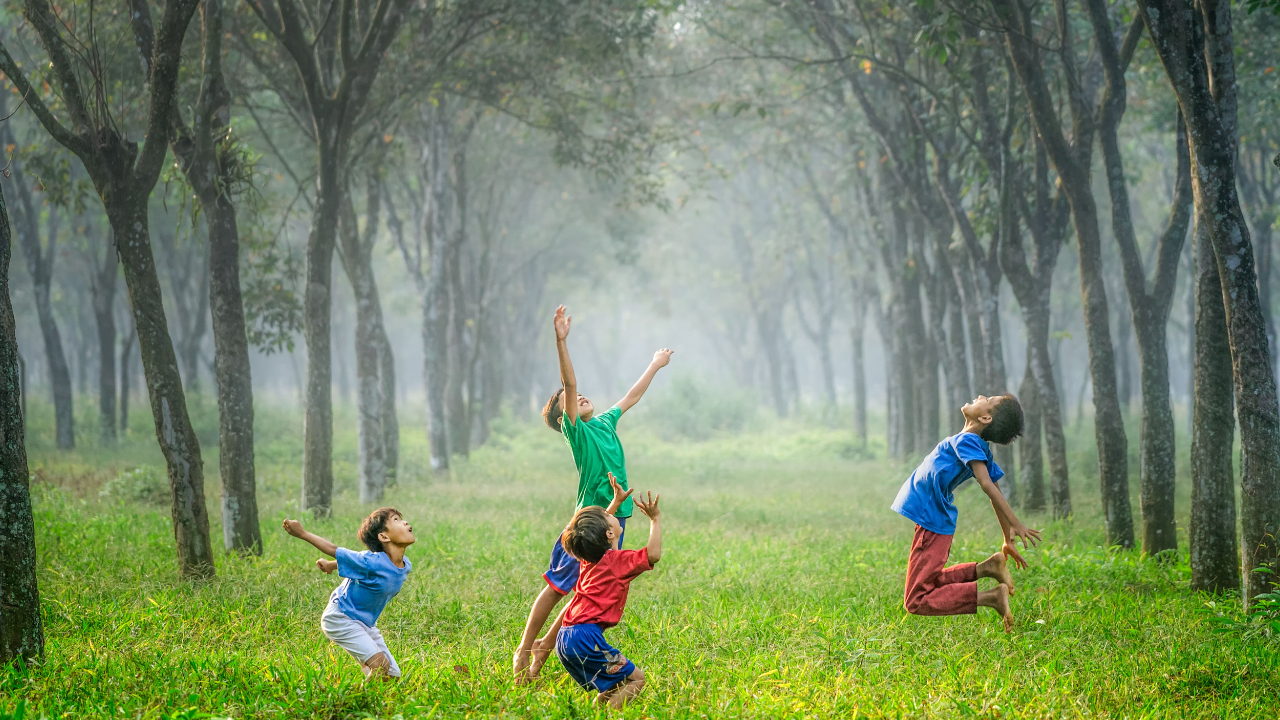Dr Stuart Brown, researcher and founder of The National Institute for Play, has identified eight “play personalities” that can help you find out what kinds of play work best for you:
The Collector: You enjoy building collections, such as collecting stamps or vintage cars.
The Competitor: You enjoy playing (and winning) games with specific rules, like playing for a neighbourhood soccer league.
The Creator or Artist: You find joy in making things, or making things work. You might enjoy doodling, woodworking, decorating, fixing machinery, or sewing.
The Director: You enjoy planning and directing, like hosting themed birthday parties.
The Explorer: You play by discovering something new, either physically (a new place) or mentally. You might play by going on a vacation to a new place or discovering a new type of music.
The Joker: You enjoy being silly and foolish. You might enjoy improv theatre or simply making your friends laugh.
The Kinesthete: You enjoy moving your body as play. Y...
The movement practices that accompany this Reconnecting with Playfulness series have a playful attitude…. Not insisting that you move or experience in ‘right’ ways, but rather from a deeper sense of connection. Listening to your body tissues, rather than simply placing them into instructed places. Yes, this within a framework of instruction and suggestion, but there is explicit permission to listen inwardly and respond how feels right for you. 
A framework can be helpful to begin this process so we can derive some sense of safety from containment and a place to begin. From there, we can cultivate curiosity about a relationship with ‘less is more’. This is where these practices can be an important foundation for any other stronger bodywork we do. Whether a more dynamic yoga practice, running or gym work, when we need to move into stronger postures or movement, strength that is sustainable and doesn’t injure needs the capacity for us to relax, breathe fully and keep a soft attitude with...
Play as children is how we learn about relationships, literally play out scenarios and develop our physicality and how our inner feelings relate to the outside world. Sadly, much of these experiential and symbolic expression is inhibited as we get older, as we are conditioned to become more ‘civilised’.
Whilst play can involve spontaneity, expression of larger movements, gestures and emotions, not to mention all manner of noise that can accompany, most adult reactions and responds no longer do. Those adults who express more may be labelled “too emotional”, noisy, childish… all judgments that are rooted in messages that we should be behaving as adults; whatever that construct means!
Similarly though, in our extroverted culture, there can also be an expectation to be fun or credit given for being the ‘life of the party.’ It is not everyone’s natural setting to shout, hold animated public conversations or be the first on the dance floor. Play and playfulness are individual – one person’...
There are different ways in which we can reintroduce a sense of playfulness into our lives. Whether this is getting back to playing games we love, moving a little more within life or simply shrugging off some of our hardened edges, shaking up the well-trodden paths of daily life can feel liberating and joyful – two qualities that help us cope with the brambles we inevitably have to navigate, with equanimity and calm. Here are some ways you can notice your body-mind ready to unlock its playful side…..
1: Play as Gestures through the Hands
Our hands are our most important tool, with more connections between brain and hands than any other body part. How we use our hands shapes how we work, express and play and for many, tension in the fingers and wrists from constant contact with technology feeds directly into rigidity in the jaw, diaphragm and belly.
Our hands may reach for the physical connection that we feel as deep safety in the belly, or hold back from doing so; from fear, trauma ...








